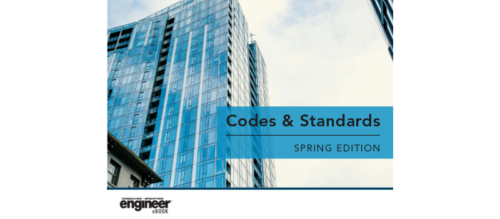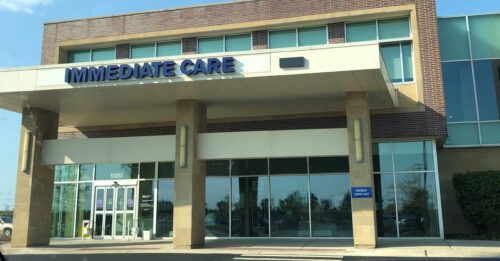More states adopt new standards for energy efficiency
Additional states have adopted the 2009 I-Codes for energy efficiency from the International Code Council.
The California Building Standards Commission voted this month to adopt the 2009 International Building, Existing Building, Fire, and Residential codes statewide, effective Jan. 1, 2011. The International Residential Code adoption is a first for the state of California. Additionally, the state of California adopted the first-in-the-nation mandatory Green Building Standards Code.
The California action adds to the growing list of 2009 I-Code adoptions at the state and local levels; recent adoptions include Penn., N.J., and N.H. The Pennsylvania Uniform Construction Codes were updated to the 2009 versions of the International Building, Existing Building, Residential, Fire, Energy Conservation, Plumbing, Mechanical, Fuel Gas, Performance and Wildland-Urban Interface codes. The new codes went into effect on Dec. 31.
The New Jersey Department of Community Affairs approved the adoption of the 2009 International Building, Residential, Energy Conservation, Mechanical and Fuel Gas codes, to take effect in February with a six-month grace period.
The New Hampshire State Building Code Review Board updated the state’s building code to include the 2009 International Building, Residential, Energy Conservation, Plumbing and Mechanical codes, effective April 1.
Other codes being adopted by states include the 2009 International Energy Conservation Code (IECC), which will produce approximately 15% in energy efficiency gains compared to the 2006 edition, according to U.S. Dept. of Energy. The 2009 International Building Code (IBC) has new safety features that include: an additional stairway for high rises, emergency evacuation elevators, and new guidelines for the design and construction of storm shelters. New requirements in the 2009 International Fire Code (IFC) ensure seamless coverage of emergency radios inside and outside buildings; special markings for emergency exits and stairwells; and luminous exit pathway markings in new high-rise buildings.
Do you have experience and expertise with the topics mentioned in this content? You should consider contributing to our CFE Media editorial team and getting the recognition you and your company deserve. Click here to start this process.



